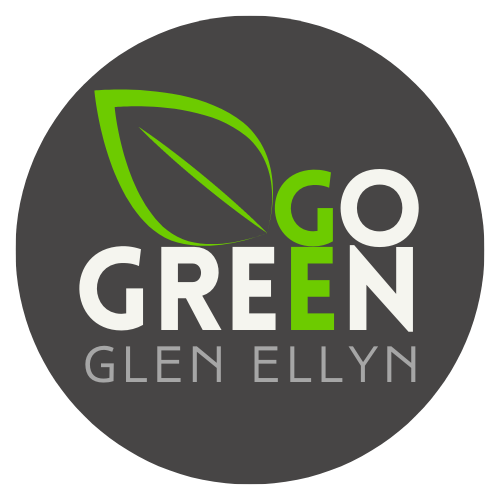Starry Starry Night….
by Adam Kreuzer (GUEST LOGGER, see bio below)
As Earth Day approaches, we sometimes forget that our planet has a sky, at night! Until about 50- 60 years ago, in Glen Ellyn, we had dark nights. Our grandparents and their parents walked summer nights under thousands of bright stars. Now, on the best of nights, we can see with our naked eyes no more than 40 stars. While we have adjusted somewhat to this very recent dramatic change in our environment, our birds and other wildlife friends have not.
For birds, the new widespread use of bright white LED lights at night is especially troublesome during migration. Twice a year, during spring and fall, millions of birds migrate though our area. Unfortunately, according to Cornell Lab of Ornithology, the Chicago area, which includes Glen Ellyn, is the #1 most hazardous location in the U.S. for migrating birds. In addition to how buildings are built, artificial light at night is a significant cause of bird fatalities. Every year, an estimated 600 million birds die from building collisions.
The great majority of birds migrate at night. During the day, they eat to fuel their trip. At night, fueled to fly all night, some birds become distracted by bright white lights. They descend from the sky and strike lighted windows. Some fly in circles, tire and fall on the sidewalks. In Chicago, volunteers with the Chicago Bird Collision Monitors wake early every morning to rescue injured birds. Survivors are taken here to the Willowbrook Wildlife Center. A recent 20-year study of bird fatalities at McCormick Place conducted through the Field Museum concluded that by turning off just half of the lighted windows during migration, fatal bird collisions dropped 60%!
Bright white lights at night affect most nocturnal animals, including nocturnal pollinators. Moths, which, at night, pollinate flowering and fruiting plants, circle bright white lights until they eaten or tire and die. Fireflies which rely on their bioluminescence to find mates, are less plentiful. Recent research has shown that bright white LED lights, even when shining in our bedroom windows, affect our circadian rhythm. We sleep less and eat more. As a result, we suffer physically and mentally.
Every day needs a night. Fortunately, there are 4 easy things we can do at home to help our planet at night. Who knows, if we do, maybe we can see a few mores stars…and fireflies!
Preserving darker skies is a very powerful way we as individuals can protect our health and our environment, right now! Unlike other kinds of pollution, we don’t have to wait for generations to see a change. Once solutions are implemented, the results are immediate! Here are 4 tips from Adam and the International Dark Sky Association on how you can prevent light pollution and preserve darker skies:
Flip the switch.
Consider turning off outdoor lights before you go to bed. If security is a concern, turn off all but the truly necessary light(s). If available, use a motion sensor. You will save $$ and will use less fossil fuels.
.
Shield, shield, shield.
Consider installing fully shielded outdoor fixtures that keep your light on your property instead of on your neighbor’s house or into our night sky. The International Dark Sky Association website, www.darksky.org will direct you to hundreds of locally available fixtures.
Use not more than “soft white” LED bulbs.
Please avoid using “bright white” or “daylight” bulbs. Instead, use a more amber color, not more than 2700Kelvin. “Soft white” bulbs are 2700Kelvin. See picture
Not so bright! LED lights are much more intense than the bulbs we once used. With your “soft white” bulb, consider using fewer watts (40, not more than 60) or lumens (450 or less). An Earth friendly bulb, if on, is shielded fully, is less white and is less bright.
Adam Kreuzer is a Delegate with the International Dark-Sky Association (IDA). The IDA is the recognized authority on light pollution and is the leading organization combating light pollution worldwide. Its purpose is to protect the night from light pollution. Before becoming a Delegate, Adam was a commissioner with the Glen Ellyn Environmental Commission. He has been an advocate for the Sierra Club’s Cool Cities initiative. We are lucky to have Adam here in Glen Ellyn.
Read more about the American Medical Association's guidance on the impact of excessive LED lights on human health




